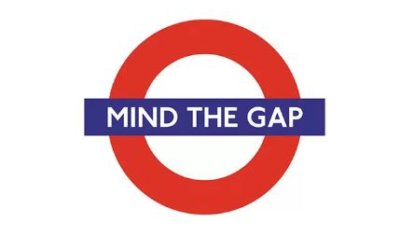If you do not have a degree completion or graduate program for adults, you can skip this edition. For those who have such programs, a common approach is to recruit a group of students as a cohort. Ideally, that cohort remains together throughout the program, encouraging each other to stay with it and accomplish the goal that attracted them to the idea in the first place.
Reality can be a different story. The recruiting team, eager for a cohort start to come off, push for groups of ten or less to begin the journey together. Then, as life’s events unfold, adult students with very busy lives at work and home may be inclined to take a breather, or drop out altogether. Even reasonable starting numbers can whittle down to single digits. I’ve seen some wind up with three students. The quality of experience for student and faculty member alike are impaired in such situations, along with the institution’s bottom line.
Before we throw out the cohort concept, let me share with you that I haven’t seen another approach that delivers similar rates of retention. Offering a smorgasbord of courses with a constantly changing cast of characters in each class has not proven to be successful with the adult learner. Still, it can be hard to recruit the industry standard minimum of fifteen students for a start and it’s hard to make students wait six months or more before another opportunity arises. There has to be a better way.
And, in my experience, there is.
Consider the continuous cohort. Students can start at what has typically been the beginning of the program or at one point in the middle. The first course taken is online and called an “on-ramp,” meaning that it is meant to prepare the student for his or her return to higher education. After that course, the student joins the group physically meeting and takes the prescribed number of courses for his or her program. The last course is called the “off-ramp” and is offered online as well, allowing students who have completed all their other courses to jump off and graduate.
Another way of looking at this reflects the use of on-ramps and off-ramps. Consider the regular coursework to be an interstate highway that loops around a city. There are two entrances/exits at 12:00 and 6:00 where students leave the highway for an off-ramp course and enter after completing the on-ramp course.
Numerically, ten students are what is needed for each entry point into the ongoing program. With normal losses, this guarantees a group of sixteen or more are in the seats for each class. Those who manage this process well wind up with 22 or more consistently.
And, what about pre-requisites? Those who design curriculum for continuous cohorts make sure that pre-requisites and the sequential courses that follow them are contained within either of the half-program segments. It may require some rearranging of curriculum but the benefits are worth the investment.
Fewer actual cohorts. More options to start with smaller groups. Larger classes. Retention of the cohort model benefits. Those who have moved in this direction are seeing immense benefit.
How about you?



